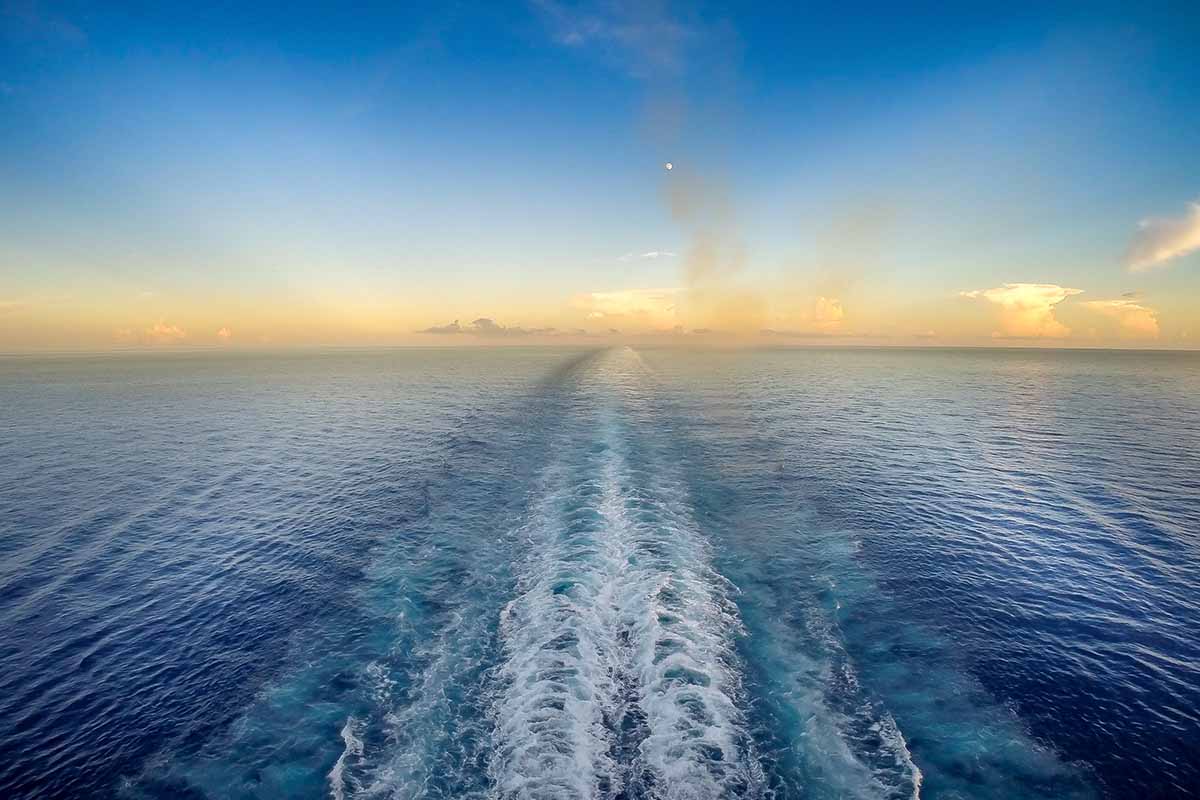




Itinerary

Day 1 : Rome/ITALY
The port of Civitavecchia is the gateway to The Eternal City, where all roads lead. Mad traffic careens past monuments of the great civilizations of the past. You will want to see it all: the soaring inspiration of St. Peter's, the Vatican and the Sistine Chapel; the flow of life along the Spanish Steps, the Coliseum, the Via Veneto and Trevi Fountain. Be sure to leave time for la dolce vita in one of the piazzas.

Day 2 : At Sea

Day 3 : Toulon/FRANCE
Tulon

Day 4 : Alghero/ITALY

Day 5 : At Sea

Day 6 : Messina/ITALY
The setting for Shakespeare's Much Ado About Nothing, Messina has much to offer in the way of history. Its dramatic, boulder-filled harbor has challenged navigators since the days of Ulysses. Try to visit the city's Bell Tower at the stroke of noon--the hour when one of the world's largest and most fanciful mechanical clocks springs into action. Messina's museum is also noteworthy for its Renaissance masterworks.

Day 6 : Messina/ITALY
The setting for Shakespeare's Much Ado About Nothing, Messina has much to offer in the way of history. Its dramatic, boulder-filled harbor has challenged navigators since the days of Ulysses. Try to visit the city's Bell Tower at the stroke of noon--the hour when one of the world's largest and most fanciful mechanical clocks springs into action. Messina's museum is also noteworthy for its Renaissance masterworks.

Day 6 : Messina/ITALY
The setting for Shakespeare's Much Ado About Nothing, Messina has much to offer in the way of history. Its dramatic, boulder-filled harbor has challenged navigators since the days of Ulysses. Try to visit the city's Bell Tower at the stroke of noon--the hour when one of the world's largest and most fanciful mechanical clocks springs into action. Messina's museum is also noteworthy for its Renaissance masterworks.

Day 7 : Naples/ITALY
One of the most spectacular bays in the world lies in the shadow of Mt. Vesuvius. Visit the San Carlo Opera House and the cathedral of San Janarious, or tour the ancient ruins in the Roman cities of Pompeii and Herculaneum.

Day 8 : Rome/ITALY
The port of Civitavecchia is the gateway to The Eternal City, where all roads lead. Mad traffic careens past monuments of the great civilizations of the past. You will want to see it all: the soaring inspiration of St. Peter's, the Vatican and the Sistine Chapel; the flow of life along the Spanish Steps, the Coliseum, the Via Veneto and Trevi Fountain. Be sure to leave time for la dolce vita in one of the piazzas.

Day 9 : At Sea

Day 10 : Cefalonia/GREECE
Cefalonia/Kephallonia

Day 11 : Corfu/GREECE
Though once ruled by Venetian doges, Turkish sultans and French invaders, today's Corfiot citizen is as Greek as they come. Marvel at the 17th-century icons in St. George's Church, the medieval Palace of Phrourio or the 19th-century Achilleion Palace. The greenest of the Greek Isles, Corfu also boasts thriving vineyards and olive orchards among its rugged mountains.

Day 12 : Kotor/MONTENEGRO
This typical Mediterranean town is located at the end of Kotor Bay, which sits on the Montenegrin coast in the southern Adriatic. Due to the history of Kotor, it is the oldest town in Montenegro and is now a historical monument protected by the state. This town of Kotor has belong to many countries, around 3 B.C. the town was colonized by the Greeks, and later was an affiliate of Roman and Byzantine empires. In 1797, this town became a vital naval base under Austria's possession. In 1918, after World War II, this town became the property of Yugoslavia and is now included in the constituent republic of Montenegro. Kotor has been a 16th century cathedral, town walls, and a medieval fort.

Day 13 : Dubrovnik/CROATIA
Jewel of the Dalmatian coast, girded in ninth-century walls that rise sheerly from the water's edge, Dubrovnik is one of the best-preserved medieval towns in Europe. Within the ancient fortifications is a labyrinth of narrow alleyways and a striking Renaissance boulevard called the "Stradun."

Day 14 : At Sea
Day 15 : Trieste/ITALY
